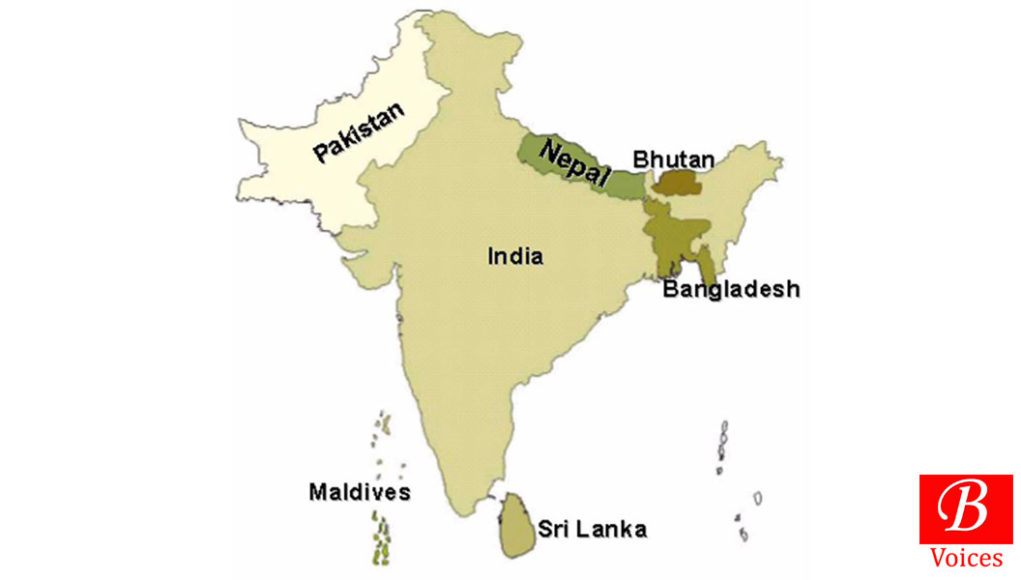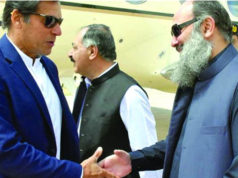Nizam Rahim Baloch
It is often said that man is the slave of its geography. Geopolitics of a particular region derives from the prevailing epistemology of that region. The dawn of twentieth century altered the world order as technology became a decisive tool to transform the world particularly its politics and economics. Moreover, the concept of regional integration did exist in primitive ages but could not be materialized until post world war two periods. The rise of inter-government organizations brought drastic alterations in international relations. Interestingly, the main beneficiary of regional integration is Europe. The latter before world war two was the epicenter of all sorts of imbroglios which adversely impacted the political, economic and strategic fields of Europe. Since its inception, European Union played a vital role in integration of this region. Though, Brexit gave a serious blow to this organization, yet it is too early to presume that it is going to disintegrate Europe.
Subcontinent, once called Golden Bird has a population of 1.7 billion people living in eight states. The combined GDP is $2.9 trillion. Unluckily, it is a least integrated region although culturally it is more integrated than other regions. One can pour on the level of division within region by looking at intra-regional trade. South Asians hardly do five per cent their total trade in their region; it is not less than a fiasco when compared to other regions. For instance, ASEAN has a total population of 650 million with combined GDP of $2.6 trillion and intra-regional trade is twenty per cent. Through North American Free Trade Agreement (NAFTA), U.S., Mexico and Canada share half of their trade within their region. In this regard, European Union and African Union are far better than South Asia. It does not mean there are no disagreements, nationalism and territorial conflicts in these regions but they are more concerned to benefiting from their geography.
Now one may ask that why south Asian region where one-fifth of world population live and witnessing centrifugal tendencies instead of centripetal. There is no one reason of this bizarre situation rather it is due to multifaceted causes. As a matter of fact, partition of subcontinent in 1947 is the cardinal reason of increasing tension among South Asians. We the people of subcontinent cannot exonerate ourselves altogether by hurling accusation on colonial master, British for all of our problems. No doubt, British by using Divide and Rule policy widened the gaps but is seventy years not an adequate period to bridge these artificial gaps? Had the founding leaders not envisaged regional integration after the partition? It is worst case scenario that in subcontinent only nationalist and parochial rhetoric of founding leaders are eulogized. Text books and media are adding fuel to fire of mistrust. In Pakistan, Jinnah’s famous wish of returning to his Mumbai home after retirement as Governor General of Pakistan is alien to general public. On the other hand, Mahatma Gandhi believed that “two countries, India and Pakistan had been born through an agreed separation between brothers”.
Second reason is the lack of reciprocity in settling longstanding disputes. Be that territorial disputes or cross border terrorism, the two nuclear powers India and Pakistan have inflicted unparalleled damage to regional integration. Military maneuvers are curse for a poverty stricken region. The lust for regional hegemony compelled these two states to get involved in arms race. As an illustration, by 1963, Pakistan with the assistance of America had become militarily twice as large as it was at partition. So, this arrogance of burgeoning power created a sense of superiority among those at corridors of power to bleed India. On the other hand, India with the collaboration of the then two cold war players, U.S and USSR got enormous arms. After nuclear tests in 1974, India considered herself the sole Chaudhry (hegemon) in subcontinent. As a reaction, Pakistan accelerated its nuclear program. On May 28, 1998 Pakistan became second nuclear power in the subcontinent.
Third reason of regional disintegration is lack of visionary leadership. Zia Ur Rehman, former President of Bangladesh in 1985 was the first to unveil his vision of integrating this region. SAARC established by Zia Ur Rehman is the testimony of his proactive vision. However, SAARC has become impotent because it is being used to hit the rivals by boycotting its summits.
A proxy war is another stone on the way of integration. Pakistan’s explicit support to Kashmiri separatist movement, Pakistan’s allegation of Indian subversive activities inside Pakistan, Afghanistan’s blame on Pakistan for supporting Taliban, Nepal’s accusation of Indian interference in its internal affairs are few precedents to ascertain the intensity of regional rivalries. No doubt, both India and Pakistan cannot afford further direct war but ego from both sides is bone of contention. India advocates friendship first approach while Pakistan believes in settlement first approach.
It is Trump era but it is unwise to argue that world is going back to antediluvian protectionism. Globalization, regionalism and multilateralism are not mere myths. South Asia is in dire need of regional integration. Rising China and Xi Jinping’s built and Road strategy is blessing in disguise for South Asia if looked at realist perspective instead of making it a polemical agenda. For me regional integration and globalization are set realties in lieu of hoax. If the members of EU, ASEAN, African Union, Arab League and SAARC become committed to resolving their mutual disagreements, they would be the architect of a new world where human rights, human integrity and prosperity would be the main features of that new world. Though it is a thorny path, however it is doable.
Writer holds a Master’s Degree in Political Science from GC University Lahore. He writes for Balochistan Voices and Free Press Unlimited.
Disclaimer: Views expressed in this article are those of the author and Balochistan Voices not necessarily agrees with them.
Share your comments!








